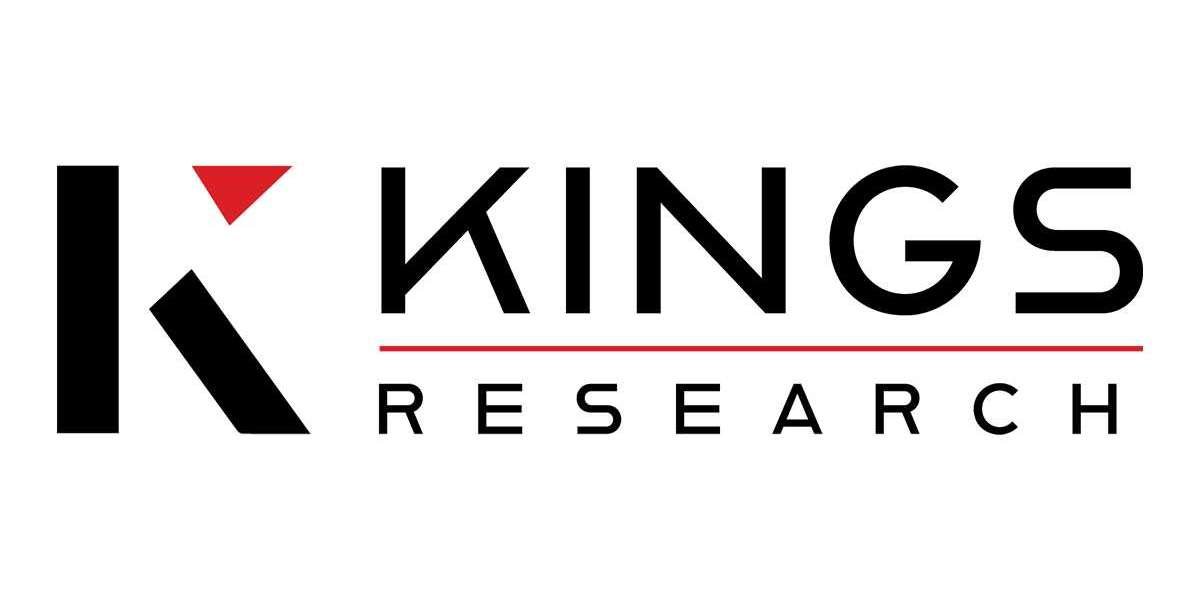The global wearable healthcare devices market is poised for unprecedented growth, with projections estimating a market value of USD 146.89 billion by 2030, up from USD 26.85 billion in 2022. This represents a robust compound annual growth rate (CAGR) of 27.40% from 2023 to 2030. The burgeoning market is driven by a confluence of technological advancements, increased consumer health awareness, and the growing need for personalized healthcare solutions.
Key Market Drivers and Trends
Technological Integration: The seamless integration of advanced technologies such as artificial intelligence (AI) and machine learning (ML) has significantly enhanced the functionality of wearable healthcare devices. These technologies enable real-time health monitoring and data analysis, providing users with valuable insights and facilitating informed decision-making by healthcare professionals.
Rising Prevalence of Chronic Diseases: The increasing incidence of chronic conditions such as diabetes and cardiovascular diseases necessitates continuous health monitoring. Wearable devices play a crucial role in managing these conditions by providing timely alerts and monitoring vital health parameters.
Consumer Empowerment: There is a growing trend towards proactive health management among consumers. Wearable healthcare devices empower individuals to monitor their health metrics, engage in preventive healthcare practices, and make informed lifestyle choices.
Remote Patient Monitoring: The COVID-19 pandemic has underscored the importance of remote healthcare solutions. Wearable devices have proven invaluable in enabling remote patient monitoring, reducing the burden on healthcare facilities, and minimizing the risk of virus transmission.
Strategic Partnerships and Innovations: Major players in the industry are forming strategic partnerships and investing heavily in research and development to introduce innovative products. For example, collaborations between technology companies and healthcare providers are fostering the development of advanced wearables that cater to specific health needs.
Market Segmentation
The wearable healthcare devices market is segmented based on type, product, grade, application, distribution channel, and region.
- By Type: Diagnostic devices and therapeutic devices.
- By Product: Trackers, smartwatches, smart clothing, hearables, and others.
- By Grade: Consumer and clinical.
- By Application: Remote patient monitoring, home healthcare, and sports and fitness.
- By Distribution Channel: Retail pharmacies, online distribution, and hypermarkets.
- By Region: North America, Europe, Asia Pacific, Middle East Africa, and Latin America.
Regional Insights
North America dominated the market in 2022, attributed to its advanced healthcare infrastructure and early adoption of technology. The region's commitment to innovation and substantial investments in research and development have solidified its leading position. The Asia Pacific region is expected to witness the fastest growth during the forecast period, driven by increasing healthcare awareness and technological adoption in countries like China and India.
Competitive Landscape
The market is characterized by the presence of several key players, including Apple Inc., Alphabet Inc., Xiaomi, Sony Corporation, Samsung Electronics Co., Huawei Technologies Co., OMRON Healthcare, Inc., Koninklijke Philips N.V., Amazon.com, Inc., Withings, and Medtronic. These companies are focusing on strategic initiatives such as mergers and acquisitions, product innovations, and joint ventures to expand their market presence and enhance their product offerings.
Recent Developments
- Partnership: In January 2023, Masimo and Royal Philips extended their collaboration to integrate the Masimo W1 watch with Philips's patient monitoring ecosystem, enhancing telehealth capabilities.
- Product Launch: In May 2022, Withings launched the ScanWatch Horizon hybrid smartwatch in the U.S., featuring advanced monitoring capabilities such as ECG, heart rate tracking, and blood oxygen level measurement.
Future Outlook
The wearable healthcare devices market is set to transform the healthcare landscape by offering innovative solutions for health monitoring and management. Companies that leverage technological advancements and focus on consumer needs are well-positioned to capitalize on the burgeoning market opportunities. As the industry continues to evolve, wearable healthcare devices will play a pivotal role in promoting personalized and proactive healthcare, ultimately improving patient outcomes and enhancing overall well-being.
For more information, please visit the detailed report on King's Research.



